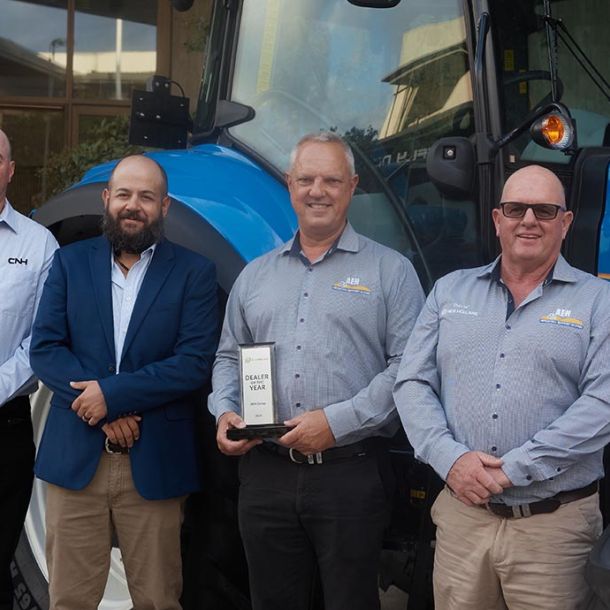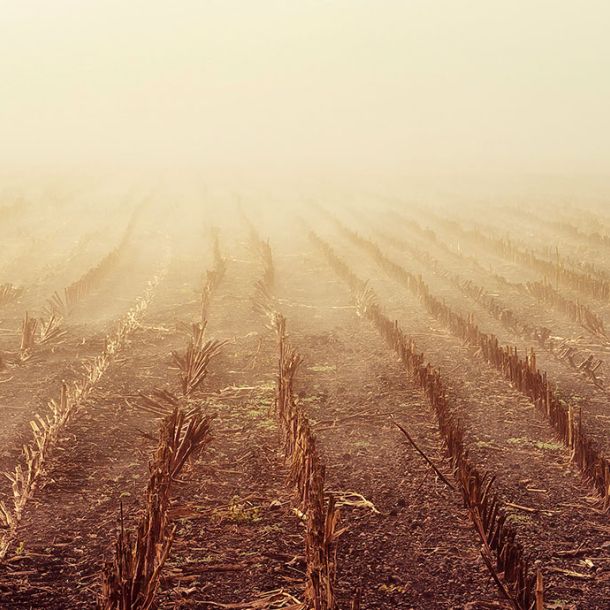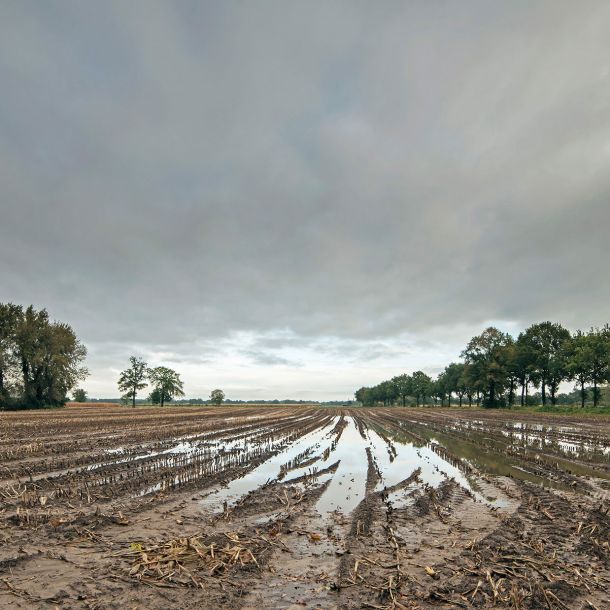Bringing Things in Line – Tramline or Controlled Traffic Farming
Soil is the lifeblood of crop farmers. They spend countless hours monitoring it, applying the nutrients it needs to perform its best, building it up by increasing its organic matter, and decreasing its susceptibility to environmental threats like erosion.
One soil conservation practice that has risen in popularity with the advent of satellite-guided farming, precision agricultural practices, and auto-steer capabilities on tractors and implements is tramline or controlled traffic farming (CTF). With a CTF plan, farmers use mechanical means to design specific, consistently-utilised permanent wheel tracks that work for all tractors, harvesters, and implements through uniform wheel spacings and long-run rows across paddocks. These wheel tracks bear the weight of tractors and implements in the field, limiting soil compaction to a smaller percentage of the paddock, reducing the need for whole-field deep cultivation to combat compaction issues, and minimising erosion.
While not a new concept – the first idea of controlled traffic farming was explored in the 1850s with steam-powered machinery[1] – CTF has expanded greatly since the mid-70s, gaining new traction in the early 2000s as soil conservation practices became more mainstream. Popularity started in Europe, has spread throughout Australia, and is catching the interest of flatland farmers in the Great Plains and Midwestern regions of the United States. Australian research on CTF techniques includes over two decades of study.[2] Main benefits recorded over that time include:
-
Yield improvements:for grains, yields have shown increases between 2-16%, with 10% as a common average. This has translated into an average profit of around $47/ha, with half resulting from improved yield (more production) and the other half from better grain quality.
-
Fuel savings:efficiency on CTF systems comes not as much from the straight lines as from the decreased rolling resistance and wheel slips that comes from running in packed tramline tracks versus soft, loose soils. Fuel cost reductions in Australian research tests have ranged between 25-50%, dependent largely on soil type, with clay-type soils seeing higher savings percentages.
-
Improved soil health:comes from a variety of sources, included less reliance on fertiliser additives, and from biological improvements in microbe and earthworm populations.
Changes to farm practices to incorporate CTF involve some challenges, with the biggest hurdles being related to planning and implementation.[3] Getting CTF to work with existing farm systems and practices, from physical barriers like terraces or contours to rotation programs, can be difficult. Challenges can include:
- Difficulty controlling erosion on slopes or in grazed areas
- Technical difficulties in controlling weeds in tramline/track areas
- Rutting in tramlines
- Standardisation/matching of wheel spacings across equipment types
Mechanical management of the tramlines and the equipment that utilises them is the biggest concern for most producers, and requires the most time, resources, and effort. Farm machinery in Australia comes in a variety of wheel set widths, from 9m on smaller harvesters and seeders to 36m on large boom sprayers. Standardising a producer’s entire line of equipment for CTF can be costly and time-consuming, particularly if the producer wants a quick changeover as opposed to a more gradual phase out and replace approach.
Similarly, managing the tramlines themselves can difficult. Tramlines left uncultivated can grow weeds that can spread into the main paddock crop. Similarly, the tramlines’ heavy use can wear ruts into the soil, sequestering moisture in their grooves or serving as an erosion-inducing sluice in wet weather.
K-Line Ag’s Trackattack® implement is designed to combat common tramline issues. With combined disc-roller implements dual-mounted in each wheel track, the Track Attack cuts through wheel tracks while loosening and redistributing soil for a smoother, flatter finish. This mechanical disruption eliminates weeds and ruts, improving the track and protecting paddocks from unwanted weeds or erosion. Available in two configurations, the Track Attack can renovate 2m or 3m tracks on a 3m centre width, or 2m, 3, or 4m tracks on a 4m centre width.
K-Line Ag’s Trackattack® has made the challenges of implementing CTF systems easier and more efficient for producers everywhere.








